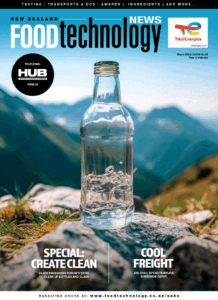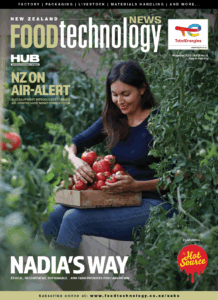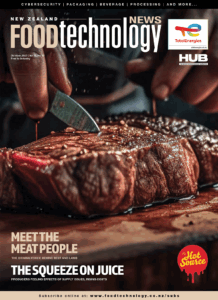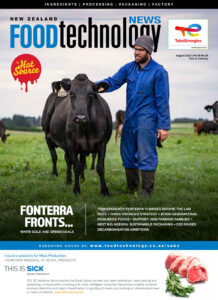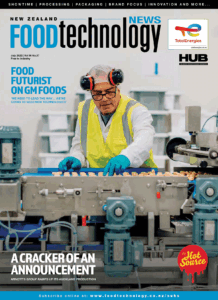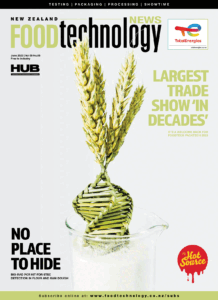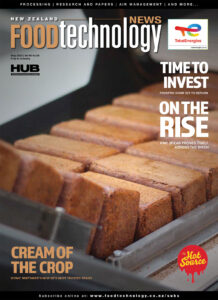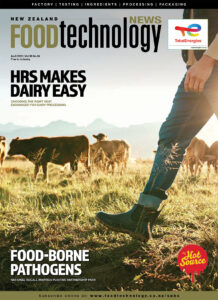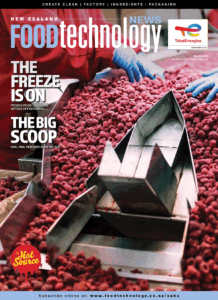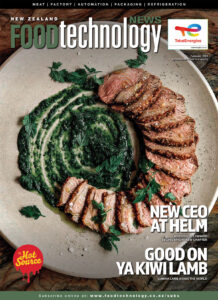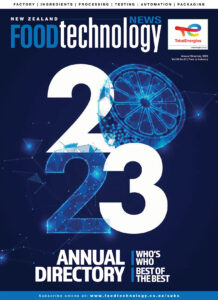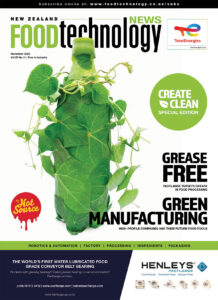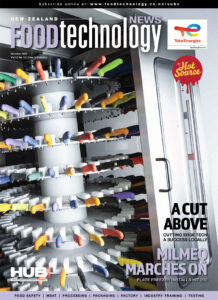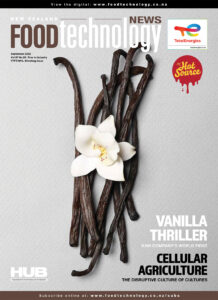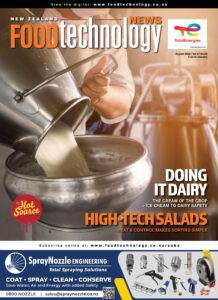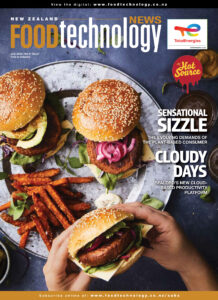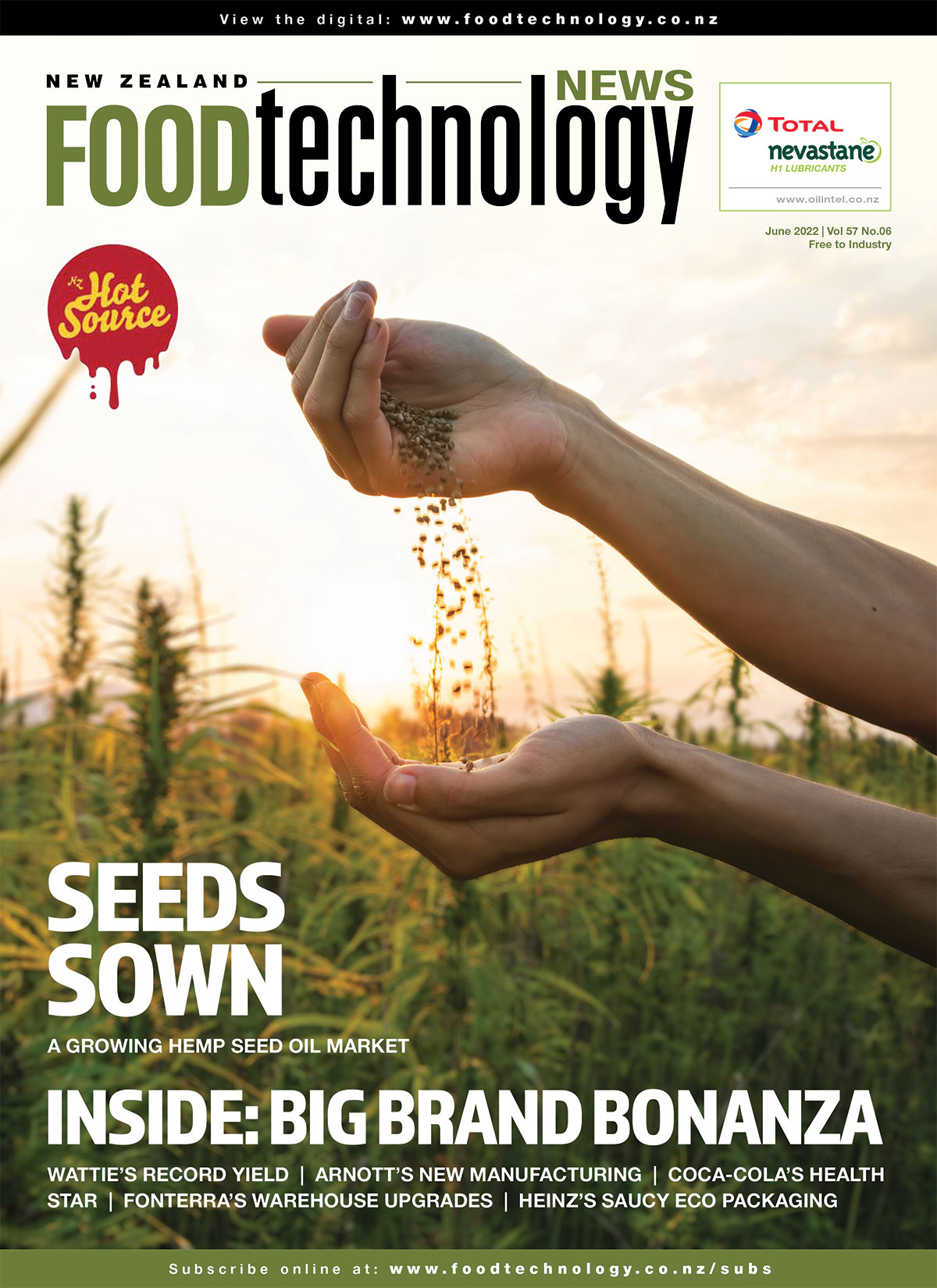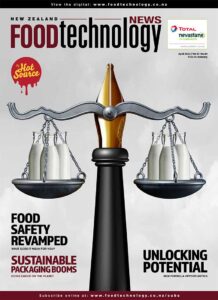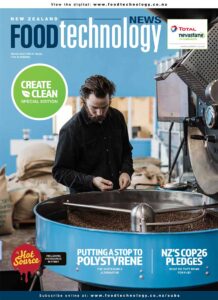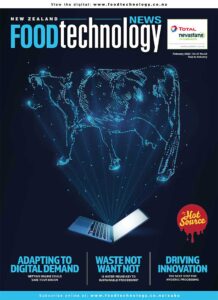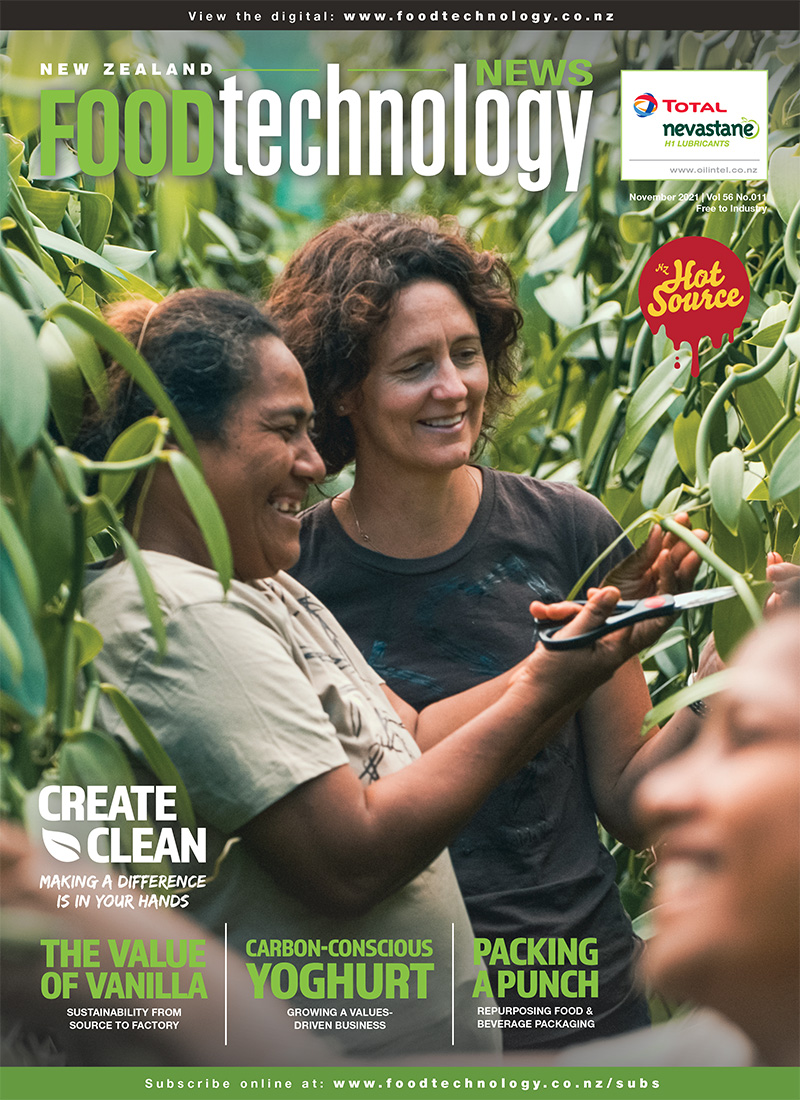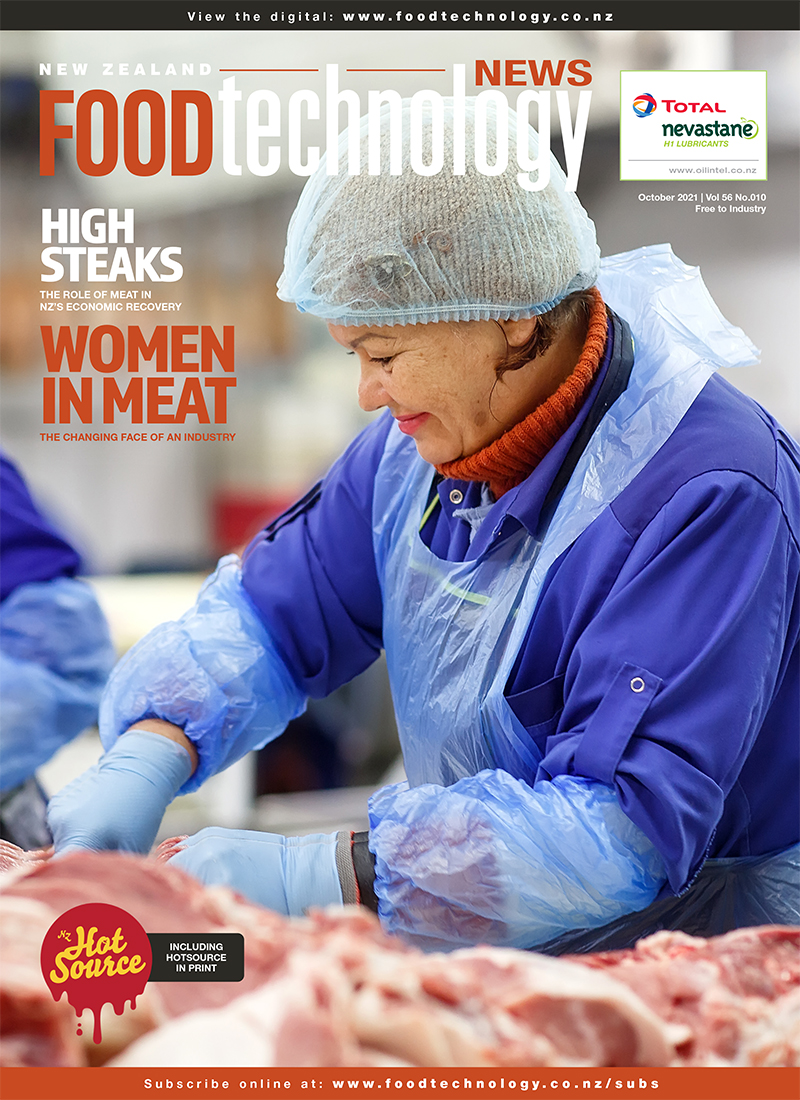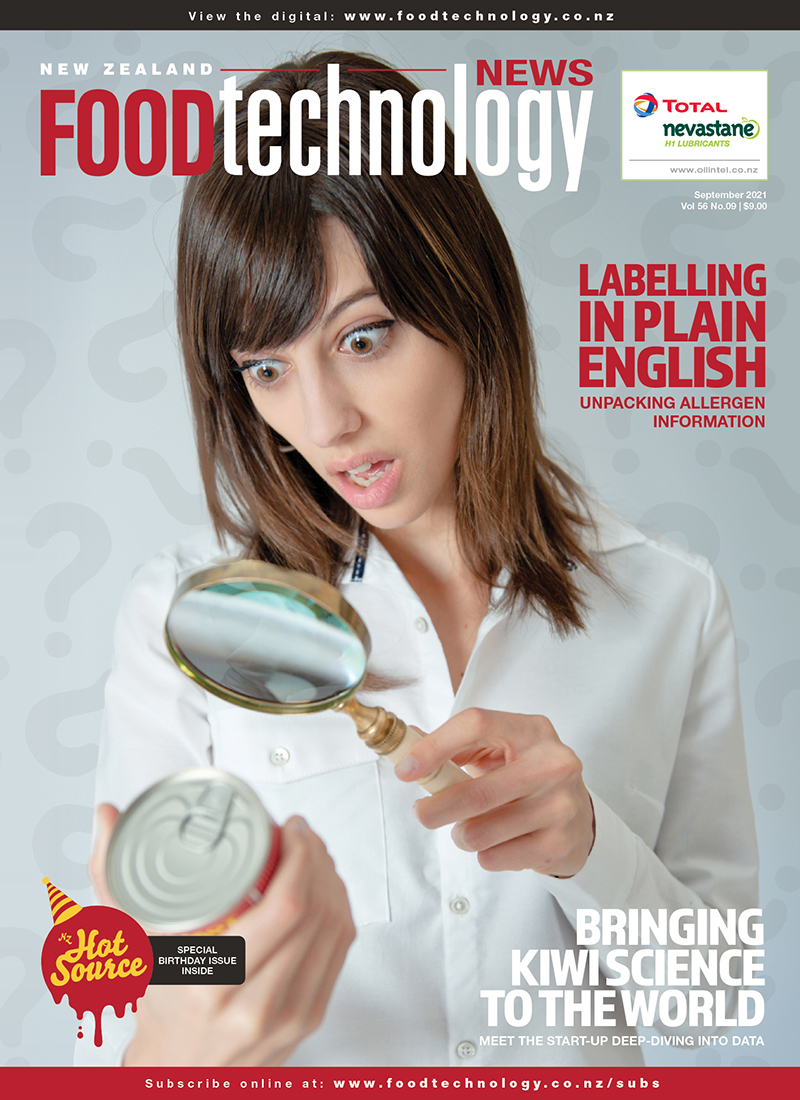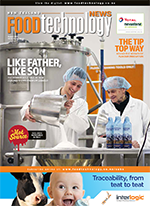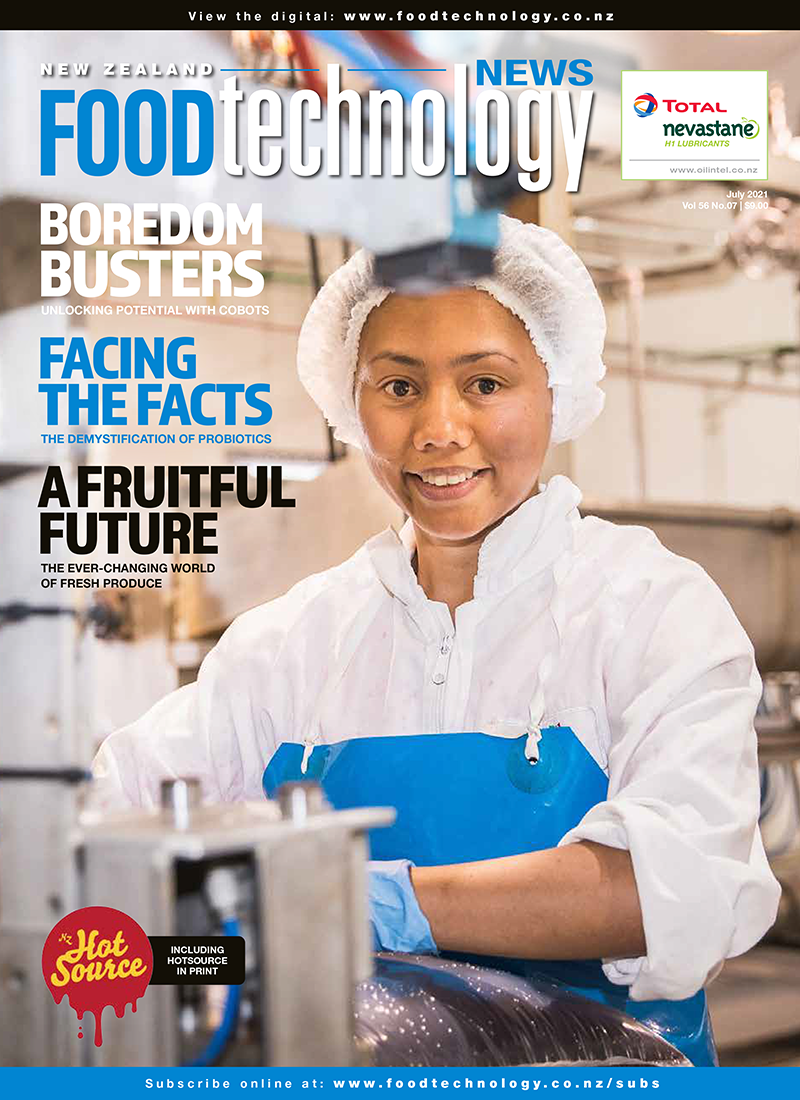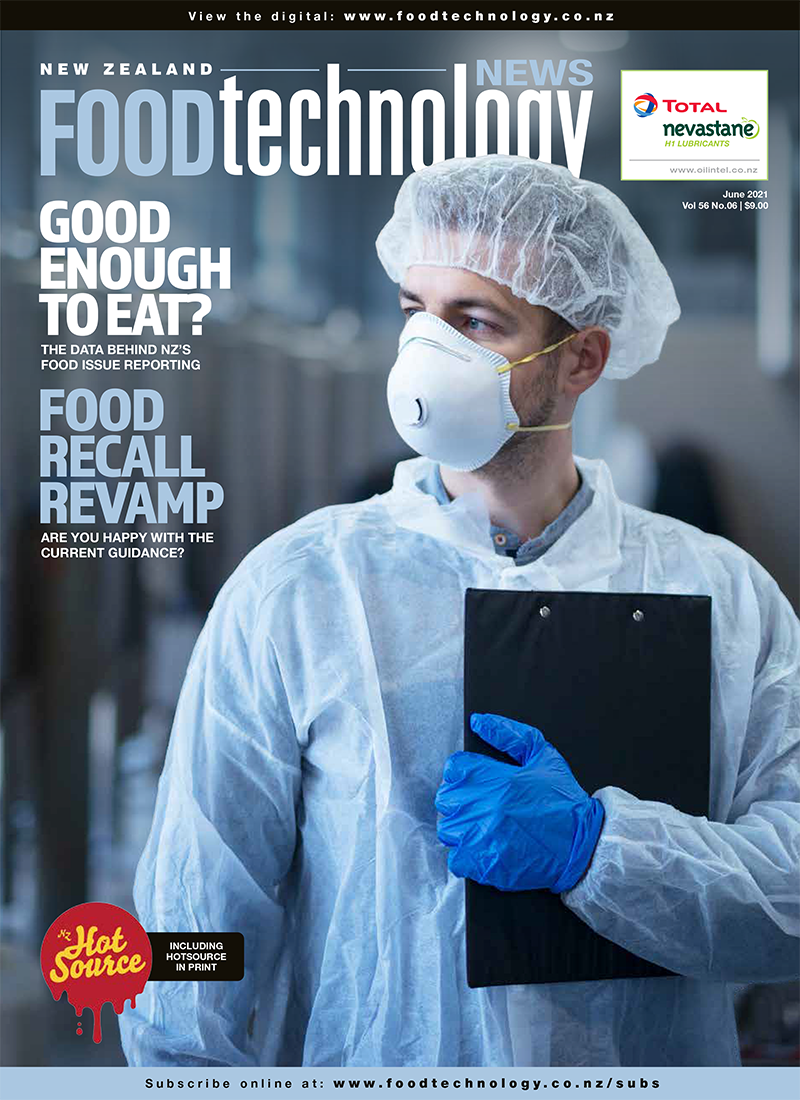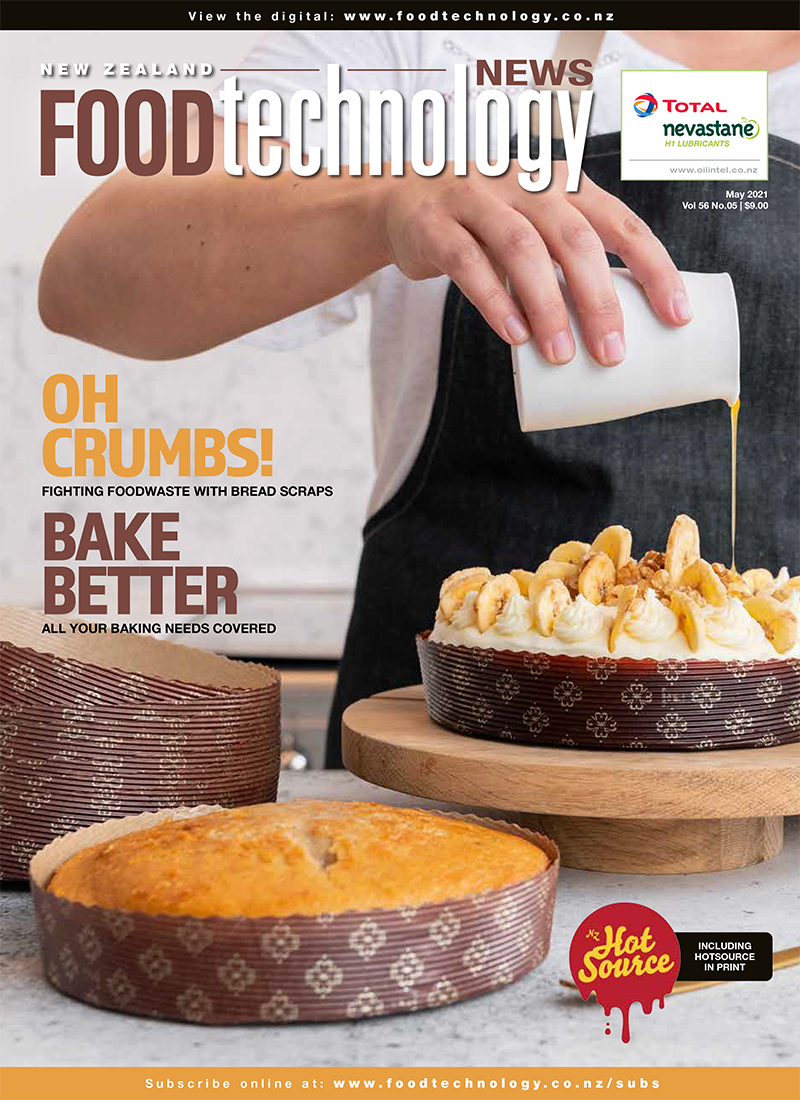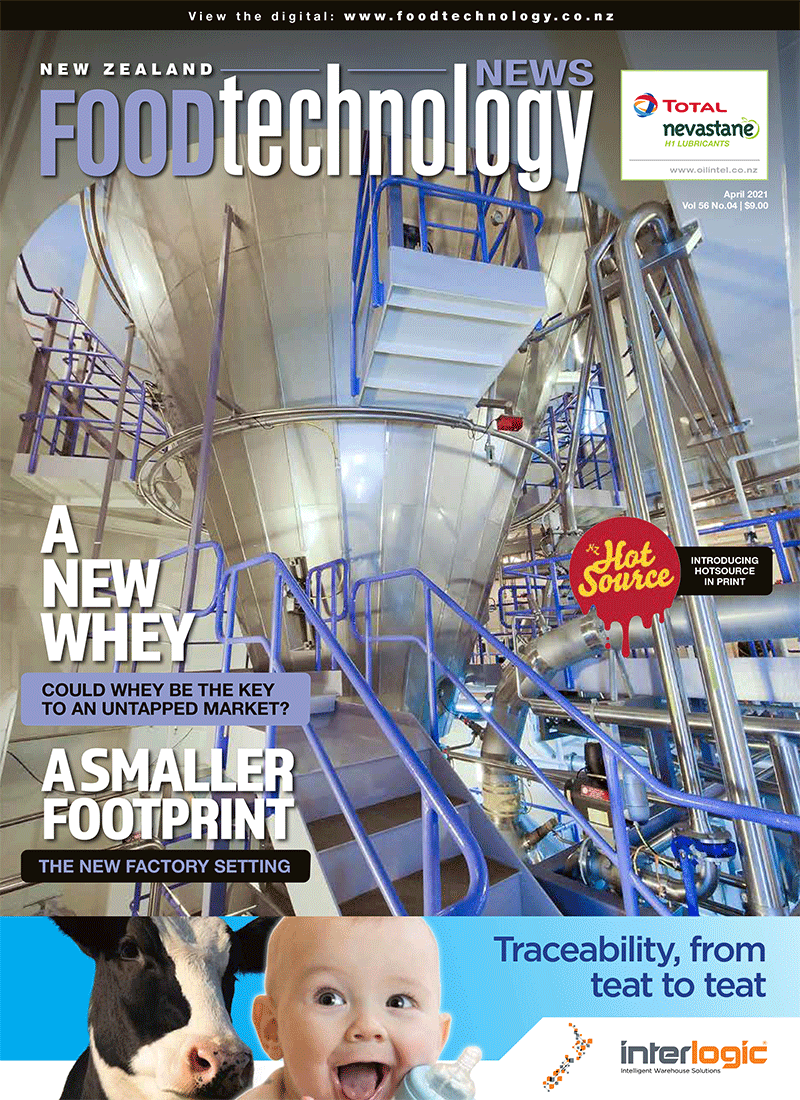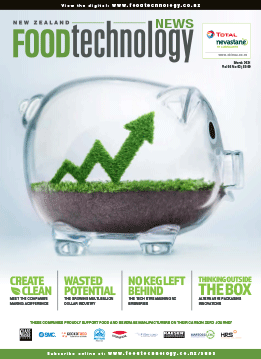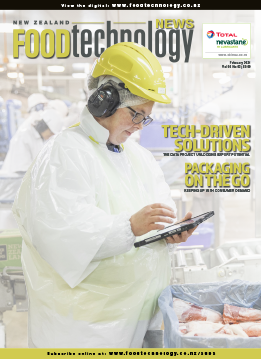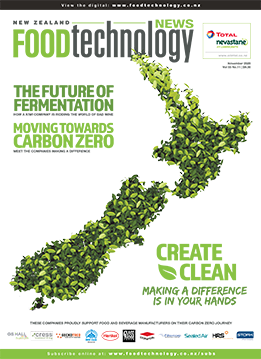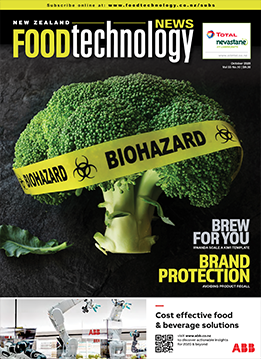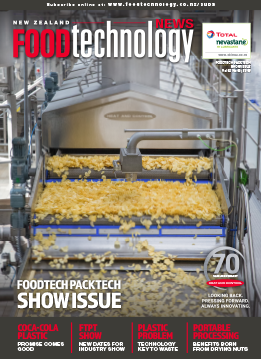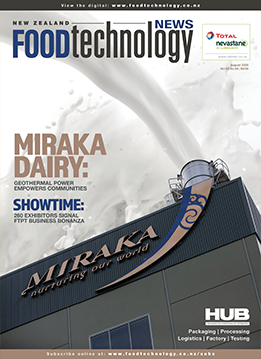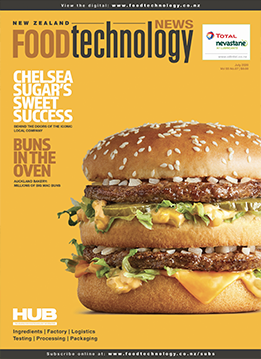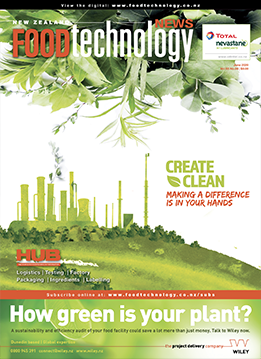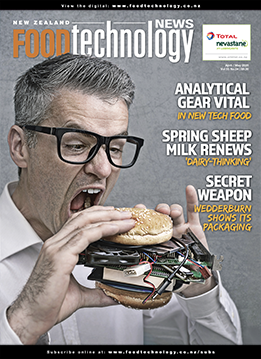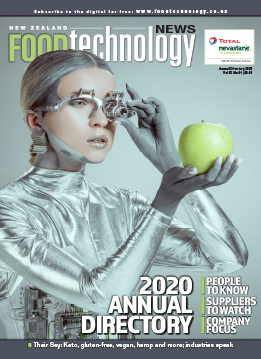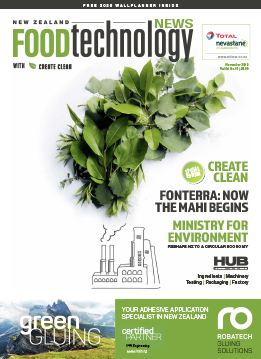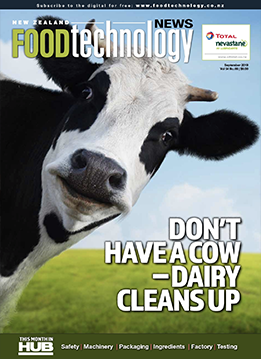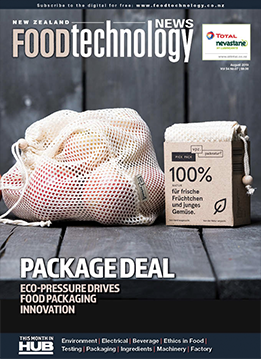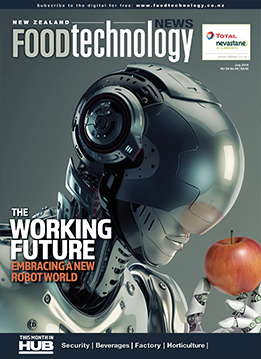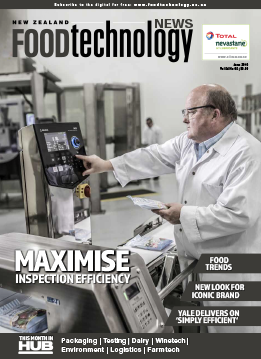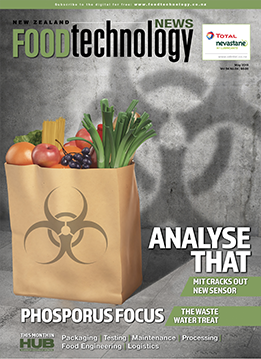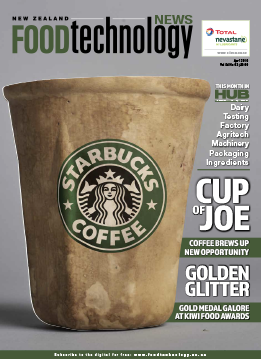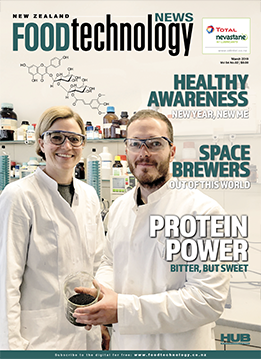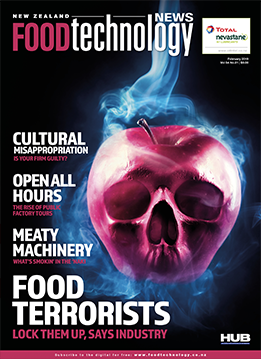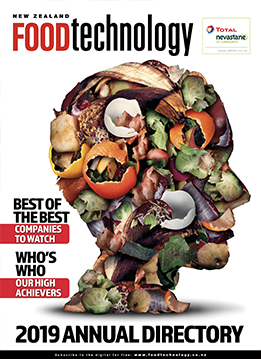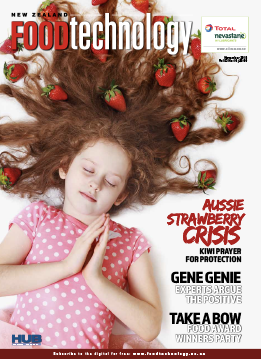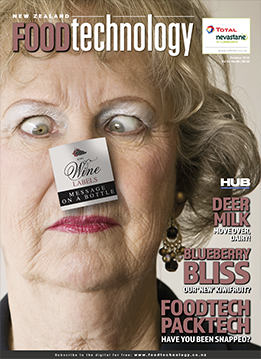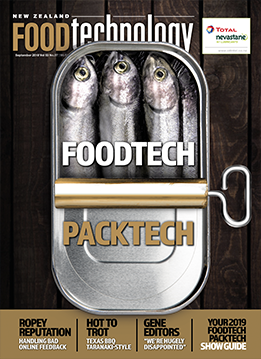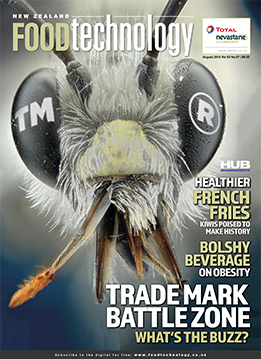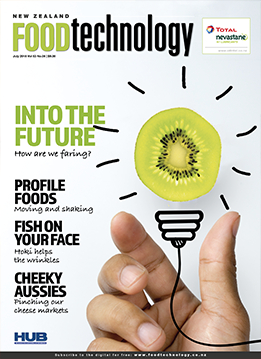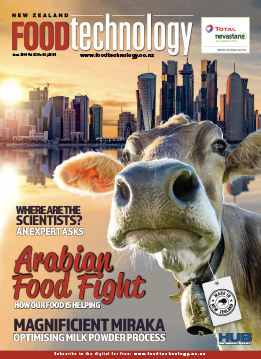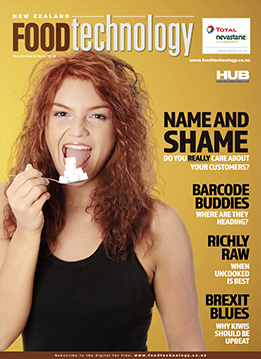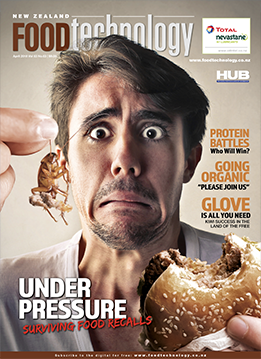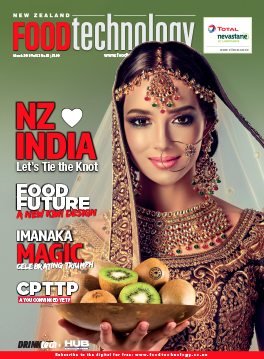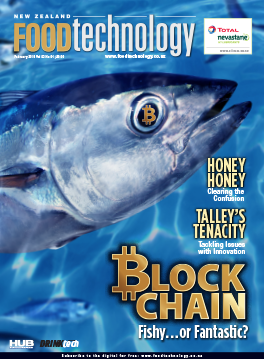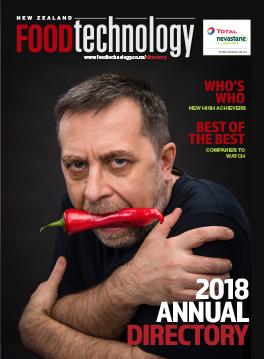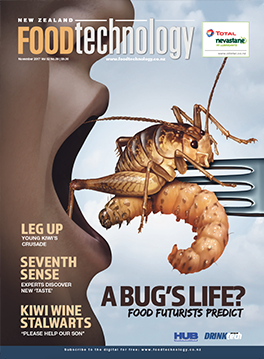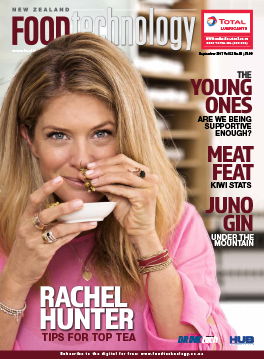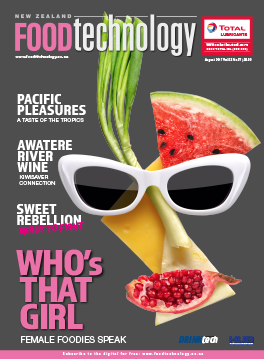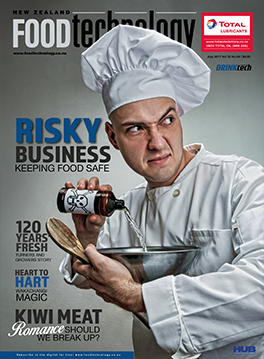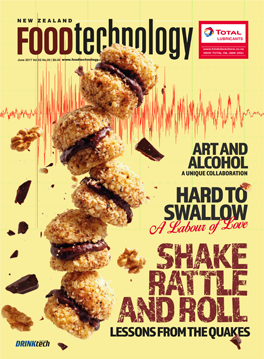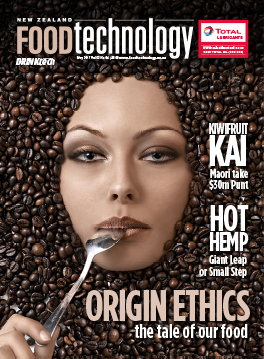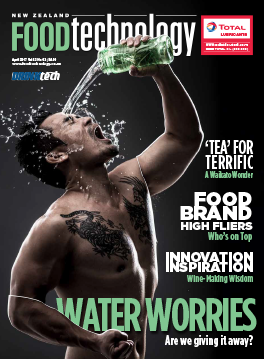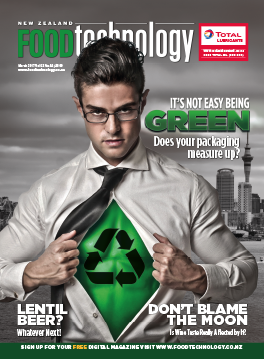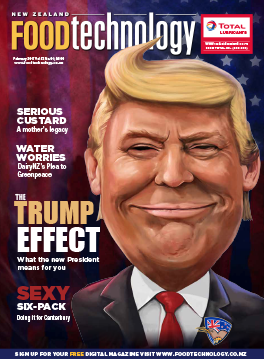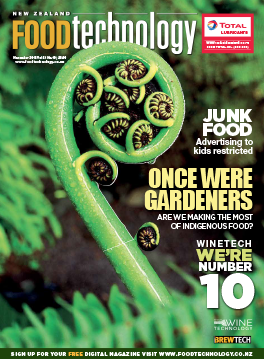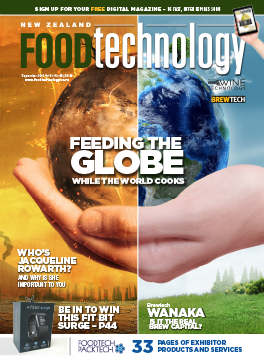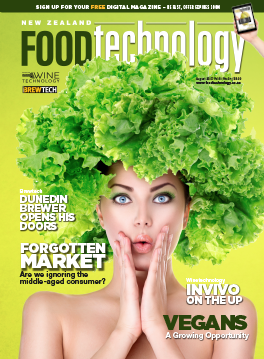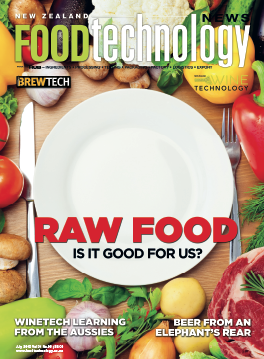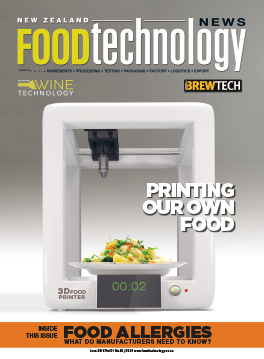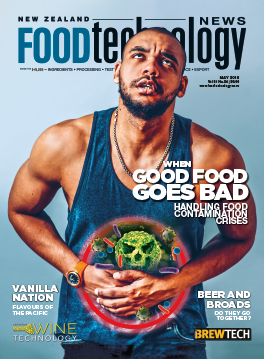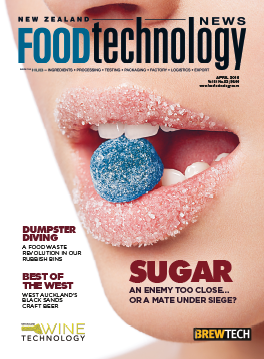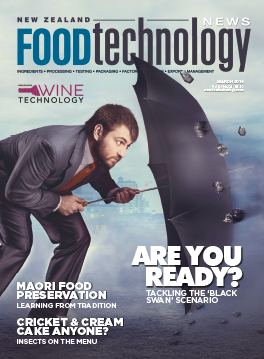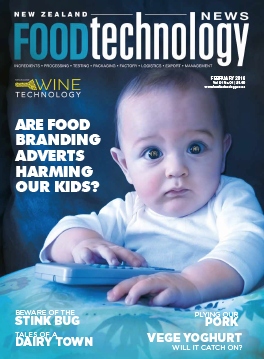 A Kiwi patisserie engineer has developed what she describes as the world’s first gelato made from upcycled gold kūmara (toka toka).
A Kiwi patisserie engineer has developed what she describes as the world’s first gelato made from upcycled gold kūmara (toka toka).
The culinary innovation is part of a new initiative to reduce food waste by demonstrating the use of imperfect fruit and vegetables in artisan food products.
According to latest data, 122,000 tonnes of fresh produce is rejected annually as imperfect and is either composted or enters the waste stream as landfill.
Hannah Clarke, patisserie engineer from Island Gelato Co, says while premium foods are not normally associated with produce diverted from landfill, the ingredients have a number of advantages – including making the product’s cost more accessible for consumers.
She says while they have utilised imperfect fruits in their gelato previously, this was the first time a root vegetable had been used and required extensive trials to determine whether it was feasible.
“Recent flooding has seen the price of kūmara reach a record $12.99 per kg in some supermarkets, up 164% from just seven years ago.
“At the same time, thousands of tonnes of fruit and vegetables are dumped with minor imperfections which range from having an unusual shape through to being too large, too small, the wrong colour or too ripe for the mainstream market.
“Weather events are contributing to greater crop yield uncertainty and with climate change accelerating this process it’s becoming increasingly important that we learn to adapt and become more efficient with food production.
“We work closely with producers to rescue as much cosmetically imperfect produce as possible before it reaches landfill.
“As a food producer the use of imperfect ingredients can reduce the cost by up to 70%, which also helps stabilise the pricing for the end consumer,” she says.
Clarke says she had been experimenting with the gold kūmara and was fortunate enough to find a supplier who had hundreds of kilos available after recent weather events.
She says the gold kūmara brûlée gelato has a distinctive caramelised flavour and the high carbohydrate levels of the root vegetable manifest in an almost custard-like consistency when used in the frozen desert.
“While gelato is the Italian word for ice cream, there are a number of differences between the two products which are not well understood by Kiwi consumers.
“Gelato uses more milk and less cream than ice cream and there is also significantly less fat in gelato and with less to coat your palate, as a result gelato’s flavours tend to be more intense and more immediate. Gelato also contains less air than ice cream — which helps keep it dense, fluid and creamy.
“These characteristics provide us with a more flexible medium when we are experimenting with new flavours, I don’t think it would have been possible to create an ice cream that has the same taste or texture as the kūmara gelato,” she says.
Clarke says along with kūmara she has been inspired to create a number of gelato flavours with other fruit and vegetables including avocados, bananas, grapefruit, rhubarb, blueberries, strawberries and other stoned fruit destined for landfill.
“We ended up with hundreds and hundreds of the most beautiful cherries, which were deemed ‘too dark’ for the export market, but they were just gorgeous. We needed to work with another Kiwi company to pit them all for us, but the gelato at the end was exquisite. It was wonderful that we were able to give money back to the farmer who grew such an incredible product.”
“We are definitely on a journey with vegetables, up until now it hasn’t been something we’ve delved into much because we weren’t sure customers would go for it, but I’m hoping to bridge that gap.”
Clarke says this year plans are already underway to create some unique gelato flavours using tomatoes, corn chips and chili, guacamole, and an Italian pizza inspired gelato.
She says Kiwis are starting to understand the differences between gelato and ice cream and are developing a more sophisticated palate when it comes to flavours.
“New Zealand leads the world in ice cream consumption with a per capita consumption of 28 litres per year.
“Just as we’ve seen an evolution in the beer category and the emergence of boutique craft beers and ales, Kiwis are becoming more discerning when it comes to chilled desserts.
Island Gelato Co recently picked up 25 medals at the National Ice Cream & Gelato Awards, including a gold for their Sour Cherry and Rich Chocolate gelato which uses cherries considered too dark for the Asia export market.
Described by judges as “indulgent and delicious”, Clarke says the flavour is one of five medal winning creations they have made using fruit which is aesthetically beneath the standard accepted by most supermarkets.
The Island Gelato Co chain, which was last year named as one of the world’s top 25 gelato stores, was launched in 2014 on Waiheke Island by MasterChef runner up Ana Schwarz and her partner Geoff Tippett. The company has grown to five locations including a new site in Auckland’s Mission Bay.







